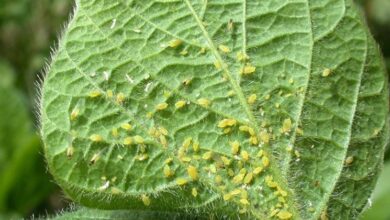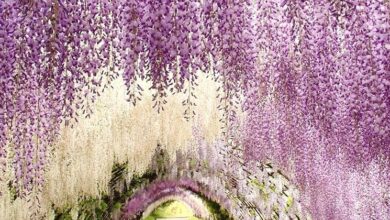Begonia Dragon
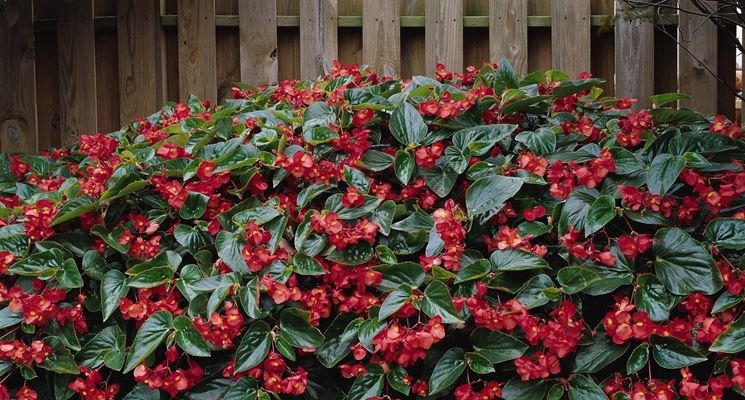
Begonia dragon

Cultivation
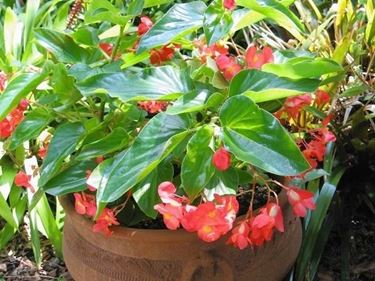
Begonias can be grown in pots or in the ground, indoors or outdoors, as long as they are guaranteed a sufficient supply of light: they are plants that do not fear the sun’s rays and, on the contrary, also benefit from the point of view of flowering, of many hours of sunshine daily. The temperatures, however, must be kept as constant as possible: it is advisable to protect the dragon begonias from excessive cold, but also from heat, remembering that the ideal temperature for these plants is around 20 degrees. For watering you will have to adjust accordingly: begonias in summer require abundant and frequent interventions in this sense, but care must always be taken to let the soil dry between one and the other, to avoid water stagnation, and to use well-draining soils. . Stagnant water, in fact, it could cause the roots to rot and therefore lead to the death of the plant. Correct sun exposure, watering as needed and compliance with ideal temperatures will be small attentions that will be rewarded through abundant and luxuriant flowering. The growth of the plant and its flowering can be further aided through the use of specific fertilizers, which should be used approximately every two weeks for the entire period of greatest growth of the plant and the flowering period, i.e. between March and September.
Multiplication
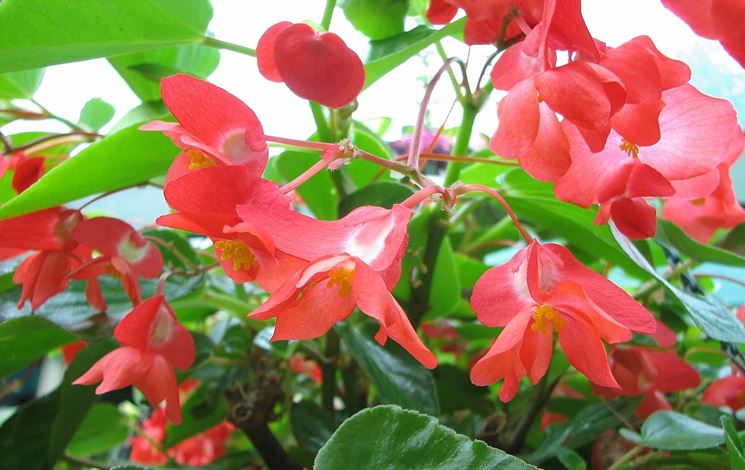
The most widespread reproduction of the begonia dragon is that which occurs by cuttings, or by leaf cuttings. According to the traditional cutting, the branches must be taken about 10 centimeters long, preferably from the basal yields. After dipping the end of the cutting in the appropriate rhizomatous powder, it can be planted in a pot containing a mixture of peat and sand. Until rooting, the seedling will be kept in a cool, dry and not too bright place, covered with a transparent plastic sheet to be periodically removed for nebulization. After a few weeks, when the cutting has rooted, the plant can be transplanted and cultivated exactly like any adult plant. Less common but still used is the leaf cutting: this practice allows you to take a leaf from the begonia, in good health, to cut it into squares of about 2, 3 cm per side. The leaves must be positioned with the lower page facing downwards, in contact with a mixture of peat and sand in a tray to be kept in a sheltered and covered place, to be sprayed every now and then, in the same way as the traditional cutting. Once a seedling has developed from the portions of the leaf, it can be cultivated according to the optimal conditions required by the begonia dragon plant, to become an adult specimen in all respects and able to give life to a luxuriant flowering. in contact with a mixture of peat and sand in a tray to be kept in a sheltered and covered place, to be sprayed every now and then, in the same way as the traditional cutting. Once a seedling has developed from the portions of the leaf, it can be cultivated according to the optimal conditions required by the begonia dragon plant, to become an adult specimen in all respects and able to give life to a luxuriant flowering. in contact with a mixture of peat and sand in a tray to be kept in a sheltered and covered place, to be sprayed every now and then, in the same way as the traditional cutting. Once a seedling has developed from the portions of the leaf, it can be cultivated according to the optimal conditions required by the begonia dragon plant, to become an adult specimen in all respects and able to give life to a luxuriant flowering.
Begonia Dragon: Diseases and pests
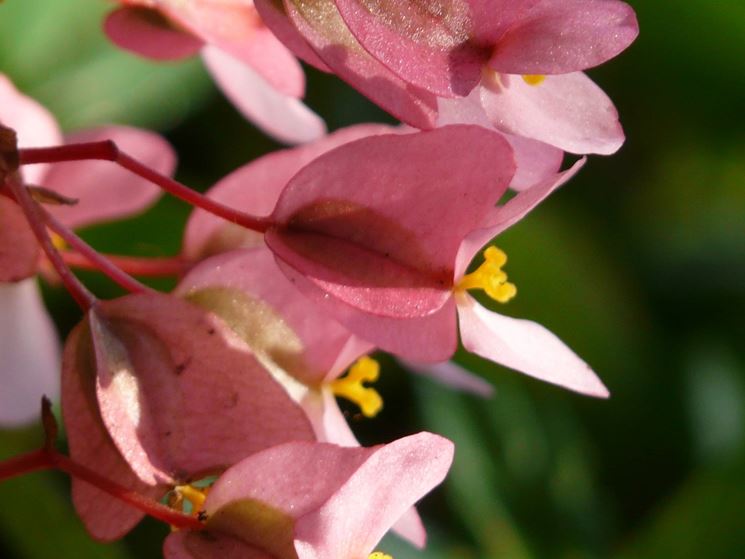
Diseases of begonias can depend on fungal and parasitic attacks, or on errors relating to the cultivation of the plant: in any case, the first sign of anomaly will come from the leaves. Leaves with evident burns can be a symptom of excessive stay of the plant in the sun, while if the leaves tend to sag, there are very likely errors in the course of watering or temperatures: in any case, restore the optimal cultivation conditions it will be enough for the dragon begonia plant to recover. Gray or white mold on the leaves, on the other hand, is a sign of an ongoing fungal disease: in this case it is necessary to intervene as soon as possible to eliminate the cause of the plant’s suffering. In this case it is important to identify the type of fungus to be able to contrast it with the most effective product; this also applies in case of infestation, rarer for begonia, of parasites.

